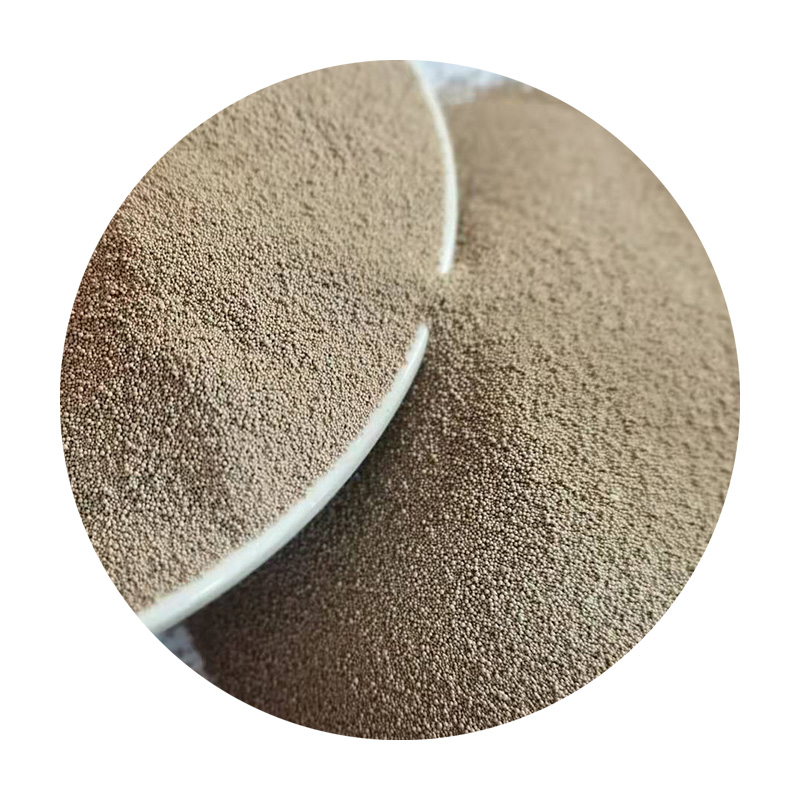Sanding resin can be a crucial step in achieving a smooth, professional finish for various projects, including crafts, furniture, and artistic pieces. Whether you're working with epoxy resin or polyester resin, understanding the proper techniques and tools for sanding is essential. This guide will walk you through the process of sanding resin effectively.
Understanding Resin Types
Before you begin sanding, it's important to understand the type of resin you’re working with. Epoxy resin is popular for its clarity and strength, while polyester resin is often utilized in lower-cost applications. Each type has its own properties that can affect the sanding process, but the basic principles are similar.
Tools Needed
To sand resin, you’ll need a few essential tools 1. Sandpaper Various grits ranging from 80 to 2000 are recommended. Start with coarser grits for initial sanding and gradually move to finer grits for a polished finish. 2. Sanding Block or Sponge This helps maintain an even surface while sanding and prevents uneven pressure that could lead to dips or scratches. 3. Dust Mask and Goggles Safety first! Resin dust can be hazardous, so ensure you are wearing a mask and goggles to protect yourself from inhalation and eye irritation.
The Sanding Process
1. Cure Time Ensure that the resin is fully cured before sanding. This can take anywhere from a few hours to several days, depending on the resin and environmental conditions. 2. Initial Sanding Start with a coarser grit sandpaper, such as 80-120 grit, to remove any imperfections, drips, or unevenness. Sand in circular motions and apply even pressure.
how to sand resin

3. Progressive Sanding Once the major imperfections are removed, switch to medium grit (150-220) to smooth out the surface further. As you achieve a smoother finish, change to finer grits (up to 2000) to eliminate scratches and enhance clarity.
4. Wet Sanding For a glass-like finish, consider wet sanding, especially with finer grits. This involves wetting the surface and sandpaper, which reduces dust and helps achieve a smoother surface.
5. Cleaning Regularly clean the surface to remove dust and debris as you sand. A damp cloth or vacuum can help keep the workspace tidy.
Finishing Touches
After sanding, you may want to polish the resin for extra shine. Using a polishing compound and a soft cloth can bring out the luster of your project. Additionally, consider applying a topcoat or sealant for added protection and durability.
Conclusion
Sanding resin requires time and patience, but the results are worth it. By using the right tools and techniques, you can achieve a beautifully finished product that showcases your creativity and craftsmanship. Always prioritize safety, and take your time to ensure each step is completed thoroughly. Happy sanding!
Post time:Ное . 02, 2024 11:54
Next:use of foundry sand in concrete
